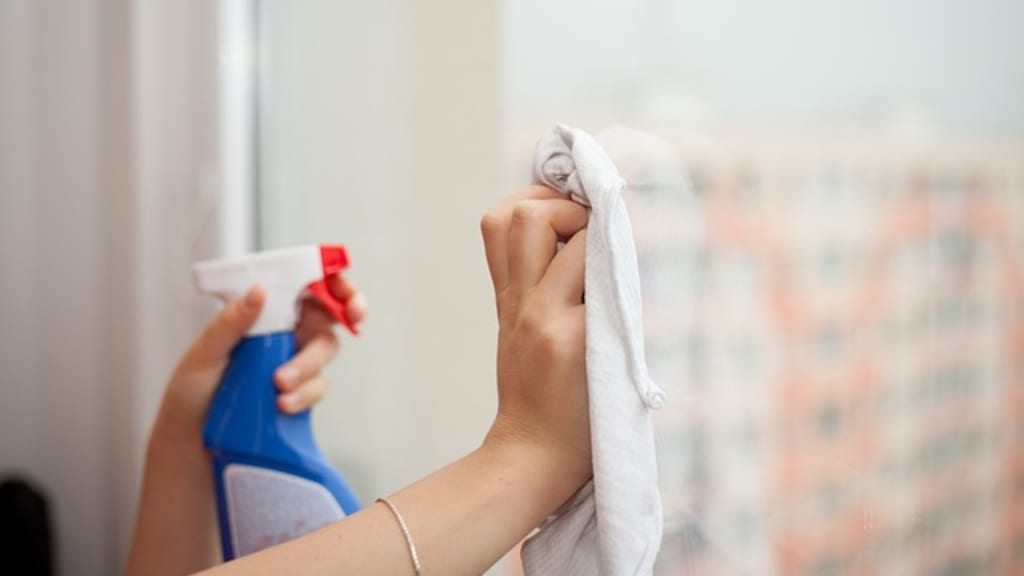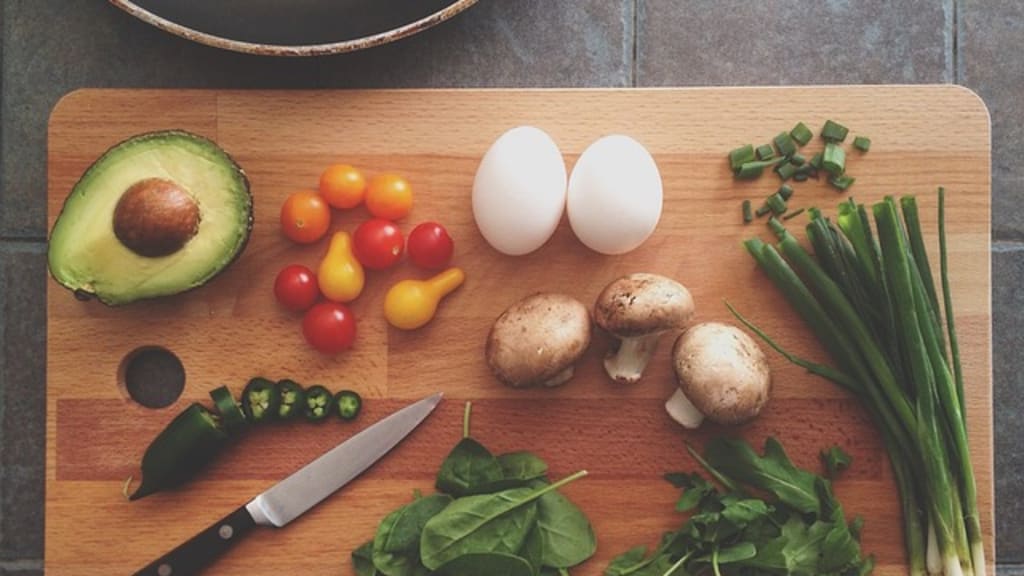
Commercial cleaning products could be expensive and contain chemicals that can be harsh on people and harmful to the environment. DIY cleaners are a great way to save money, reduce exposure to toxins, and keep the planet pollution free. Being free of chemicals, DIY cleaners are safer and also better for health.
Note: For recipes that involve mixing vinegar and
-
Home “All purpose cleaner”
- 1/2 white vinegar
- 1/2 water
- Additionally citrus peels can be added in the vinegar and soaked for a few weeks before diluting it with water. This will give an extra fragrance to the cleaner.
- 15-20 drops of Essential oils (optional)
- Mix and put in a spray bottle. Use as required
-
Glass cleaner:
- 1 tbsp White vinegar
- 1 cup Water
- 1 cup rubbing alcohol (optional)
- Mix and put in a spray bottle. Use as required
-
Greasy pots:
Greasy pots and pans are a nightmare to get cleaned. Read our guide on Homemade cleaners recipes for greasy pots and pans and get rid of grease off your pots, pans and utensils.
-
Stove top cleaner:
- 1 cup water
- 1 cup vinegar
- Sprinkle baking soda on the stove top
- Scrub and wipe
-
Stainless steel cleaner:
- Olive Oil
- Clean with a cloth
- Clean with Vinegar
-
Chopping boards: Chopping boards are staple in most kitchens but if not cleaned properly they can be breeding ground for bacteria. Read our guide on cleaning recipes for your chopping board.
-
Sink cleaner
- 1 cup baking soda
- 1/2 cup Castile soap
- Few drops of essential oil (optional)
- Mix everything thoroughly in a jar to form a paste.
- Use the paste in your sink. Use a scrub brush to work the paste around.
- Let it sit for 10 minutes
- Wash with warm water.
-
Drain Cleaner
- 1/2 cup of baking soda
- 1 cup of white vinegar.
- Generously pour baking soda down the drain. You can use a chopstick or a long tool to ensure the baking soda goes down the drain pipe.
- Pour half the vinegar down the drain. Baking soda and vinegar should interact and start bubbling away.
- Immediately cover the drain with a stopper or a rag to keep the bubbles within the drain pipe. Wait for 2 mins
- Pour the remaining half of vinegar down the drain and repeat. Wait for 15 minutes.
- Uncover the drain and pour a litre of very hot water down the drain.
- Repeat if your drain is clogged badly.
-
Label glue remover: use the following recipe to remove tough glue residue from jars
- 1 tbsp Baking soda
- 1 tbsp Olive oil or coconut oil
- Apply mixture to glue and let it stick for a couple of hours
- Wash the jar with soap and water.
-
Dish soap:
- Castille soap
- Lavender oil
- Tea tree oil
-
Mould cleaner:
Best way to prevent mould is to find the source of the moisture and why that part of the house is damp. For moulds that have set in, make an eco-friendly cleaner using
- Baking soda or white vinegar.
- Water.
- Scrubber.
-
All purpose bathroom cleaner :
- 1 tbsp baking soda
- 2 tbsp liquid Castile soap
- Essential oils
-
Shower cleaner:
- Mix equal parts white vinegar and liquid dishwashing liquid into a spray bottle
- Spray all over the shower, wait for couple of hours then wipe it clean
-
Wooden floor cleaner:
- Clean with White vinegar diluted in water
- Add few drops of peppermint oil
-
Laminate floor cleaner:
- 1 cup rubbing alcohol
- 1 cup vinegar
- 1 cup water
- Essential oils (optional)
-
Furniture polish:
- just boiled orange peels (lemon peels can be used instead of orange peels)
- vinegar
- olive oil
-
Bio-enzymes : Make bio enzymes for cleaning purposes.
- Put lemon peels and other citrus fruit peels in water and yeast n sugar or jaggery.
- This will produce a bio enzyme that can be used as an all purpose cleaner.
-
Laundry:
- ½ cup hydrogen peroxide
- ½ cup washing soda (not to be confused with baking soda)
- Soak laundry in this mixture overnight
- Note: make the mixture on demand, do not store as it needs to be used straight away
-
Blood stains:
- rub hydrogen peroxide on the stain
- rinse with water
-
Dishwasher detergent tablets: Ingredients
- 1 cup baking soda
- 1 cup kosher salt
- ½ cup citric acid
- 1 cup water
- 3 ice cube trays
Instructions
- Mix the salt and sodas with citric acid in a glass or stainless steel bowl(not plastic).
- Add water to the mixture a little at a time, wait for the fizz to settle down before adding more. Stir very well.
- With gloved hands press a tablespoon of the mixture into ice cube trays. Press hard on the mixture, to ensure the tablets hold together. Add some extra water if it is crumbly.
- Wait for about 30 minutes with the detergent tablets in the ice cube trays, then gently turn them out and let them dry completely.
- Transfer to a glass jar and store under the kitchen sink
- To make powdered dishwasher detergent instead of tablets, eliminate the water and store the powder in a large container or jar. Use 1 tablespoon per load.
-
Distilled white vinegar is a great rinse agent. Just pour it into the receptacle in the dishwasher.
Disclaimer
This post may contain affiliate links which means we may receive a commission at no extra cost to you should you click through and make a purchase.
Note: please check the ingredients list of any products that you may wish to try and check for allergies or consult a medical professional for any existing conditions being impacted by switching to new products.
Attribution
Banner Image by Simon Kadula from PixabayPrevious

21-11-2023
Guide to cleaning chopping boardsGuide to cleaning chopping boards using eco-friendly materials.
Next

21-11-2023
Guide to homemade cleaners for greasy pots and pansGuide to making homemade eco friendly cleaners to clean greasy pots and pans.